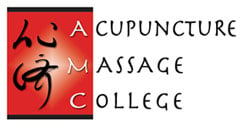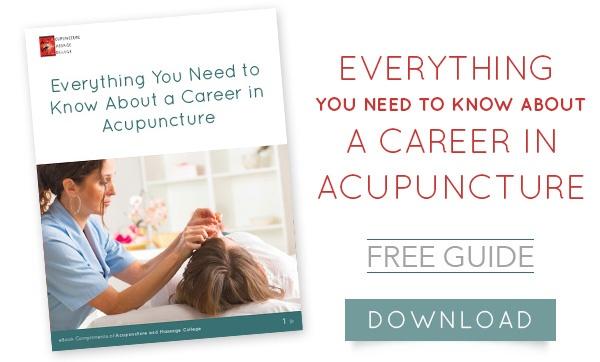 More than a third of Americans use complementary and alternative medicine (CAM) for therapeutic or preventive health care, according to the National Institutes of Health. Complementary and alternative medicine covers a range of practices and treatments that includes:
More than a third of Americans use complementary and alternative medicine (CAM) for therapeutic or preventive health care, according to the National Institutes of Health. Complementary and alternative medicine covers a range of practices and treatments that includes:
- Acupuncture
- Massage therapy
- Herbal medicine
- Homeopathy
- Naturopathy
- Chiropractic care
What is CAM?
Complementary and alternative medicine is a group of health care systems and practices that are not considered part of traditional Western medicine, but are increasingly sought out by people who wish to take a holistic approach to their health care.
As with any form of treatment, patients should inform all their health care providers about any therapies they are using or considering in order to ensure a coordinated course of care. Some treatments may interact or counteract others, so it's important to be upfront about all the therapies you uses. Individuals respond differently to treatments, whether they are conventional medicine or CAM. How a patient responds to a CAM treatment depends on a variety of factors, including the patient's state of health and how the therapy is used. Talk to your health care provider about what you can expect when you start a treatment and follow up as needed.
Choosing between treatment options
As CAM therapies become increasingly available in the health care marketplace, consumers have a lot of types of providers and treatments from which to choose.
In a study in the Journal of Consumer Research, authors Wenbo Wang (New York University), Hean Tat Keh (Beijing University) and Lisa E. Bolton (Pennsylvania State University) wrote:
"Examples of the wide array of conventional and complementary and alternative health remedy options available to consumers include drugs, supplements, acupuncture, massage therapy, ayurveda, and traditional Chinese medicine, to name a few. Such medical pluralism is common in both developed and developing countries and raises the questions: How do consumers choose among health remedies, and what are the consequences for a healthy lifestyle?"
The authors assess how consumers choose between Western medicine and its Eastern counterparts, traditional Chinese medicine (TCM) and ayurvedic medicine. They wrote:
"Western Medicine is primarily concerned with the material aspect of the body and views all medical phenomena as cause-effect sequences, relying on rigorous scientific studies and research that seeks empirical proof to all phenomena. On the other hand, TCM and ayurvedic medicine favor a holistic approach, view the mind and body as a whole system, and rely upon inductive tools and methods for treatment."
Why choose alternative medicine?
Based on a series of experiments and surveys in the United States, China and India, the authors found that consumers prefer TCM over Western medicine when uncertain about the cause of an illness. They reason that this preference stems from the fact that holistic medicine tolerates diagnosis uncertainty better than Western medicine. TCM uses a four pillar approach to diagnosis, for example.
Similarly, many consumers prefer TCM over Western medicine based on the belief that TCM offers an underlying cure versus symptom alleviation by Western medicine.
Common CAM therapies
Some of the most frequently used complementary and alternative therapies among adults are:
- Acupuncture
- Massage
- Natural supplements
- Deep breathing exercises
- Meditation
- Yoga
- Chiropractic care
Individuals who have holistic lifestyles are more likely to seek alternative medicine therapies.
For information about AMC’s Oriental Medicine and Massage Therapy programs you can email our admissions department.

 (305) 595-9500
(305) 595-9500







